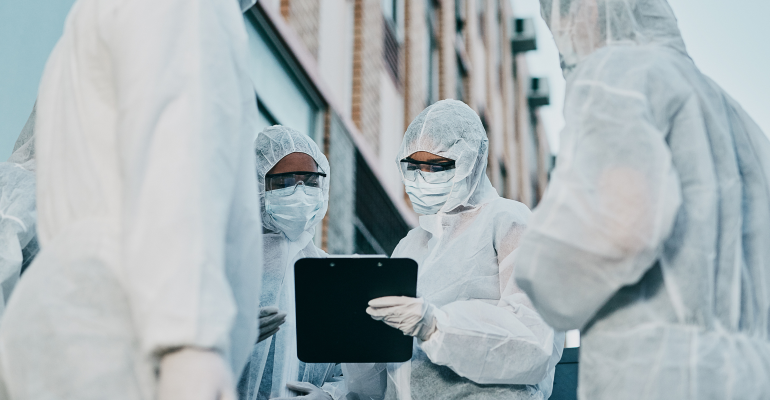Central Sterile Services Department (CSSD) in healthcare settings has witnessed significant improvements in workflow efficiency. Automation of sterilisation processes through advanced sterilisers with precise parameters has enhanced consistency and minimised errors, according to Dr. Sherbaz Bichu, Chief Executive Officer of Aster Hospitals and Clinics in the UAE, Oman and Bahrain.
Emphasising the pivotal role of CSSD and the transformative impact of technological advancements in ensuring patient safety and infection control in healthcare facilities, Dr. Bichu said that CSSD maintains the highest standards of hygiene and prevents healthcare-associated infections (HAIs) in hospital settings.
CSSD, also known as the Sterile Processing Unit (SPU), is a critical department responsible for the cleaning, sterilisation, and distribution of medical and surgical instruments, equipment, and supplies.
Related: Highlighting effective elimination of pathogens
“The CSSD is the backbone of infection control in our hospitals. It is a key component of patient safety, ensuring that all reusable medical devices and instruments are decontaminated, sterilised, and prepared for safe use in patient care areas,” said Dr. Bichu.
Highlighting the significance of CSSD in hospital management, Dr. Bichu said that it plays a crucial role in maintaining infection control, adhering to industry standards and regulations, and ensuring the reliability of medical equipment.

“Technological innovations have revolutionised CSSD operations. Automation and sophisticated tracking systems have streamlined the sterilisation process, leading to increased efficiency,” he said.
In addition, barcode and RFID tracking systems have transformed inventory management, offering real-time visibility and optimising stock levels to minimise stockouts and delays. Electronic documentation and traceability systems have replaced paper-based records, saving time and enhancing compliance with regulatory requirements.
The CSSD team, comprising highly trained technicians and supervisors, performs a series of essential activities to uphold the highest standards in healthcare practices. Decontamination marks the initial step, where used instruments and equipment undergo meticulous cleaning using specialised agents, ultrasonic cleaners, and mechanical washers.
“Effective decontamination is the foundation of a successful sterilisation process. Our technicians follow strict protocols to ensure that all organic matter is thoroughly removed, leaving the instruments ready for sterilisation,” he added.
Related: Environmental cleaning gains prominence for infection control
The sterilisation process follows decontamination and employs various methods, such as steam sterilization (autoclaving), ethylene oxide (ETO) sterilisation, hydrogen peroxide gas plasma sterilisation, or low-temperature sterilisation systems. This ensures complete eradication of any remaining pathogens, minimising the risk of infections.
After sterilisation, the CSSD team meticulously assembles the instruments into procedural and surgical sets, ensuring they are readily available for immediate use during medical procedures. The department also plays a crucial role in managing sterile supplies, monitoring inventory levels, tracking expiration dates, and coordinating with other hospital departments to meet their specific equipment needs.
According to Dr. Bichu, communication and collaboration tools have further facilitated effective teamwork, reducing errors and bottlenecks in the workflow. Virtual reality (VR) and augmented reality (AR) technologies have revolutionised training and education, offering immersive learning experiences to CSSD technicians.
The amalgamation of skilled CSSD professionals and transformative technology continues to drive healthcare facilities towards safer and more effective patient care, he added.


